Understanding Croptober: The Cannabis Harvest Season
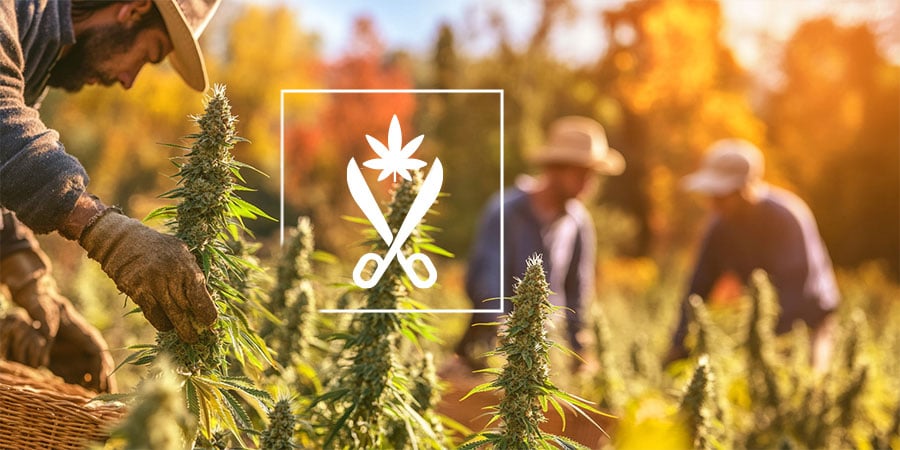
Become acquainted with Croptober—a period of increasing importance among the cannabis community. Whether you're a cultivator and/or a consumer, there's plenty to get out of the Croptober season.
For many, the 10th month of the year is known simply as October, a time when most are enjoying pumpkin spice-infused goodies and preparing for Halloween and, eventually, Christmas. However, those well-versed in cannabis culture and cultivation will recognise this time as “Croptober”, a period during which industry professionals and home growers alike look to harvest their outdoor weed crops. But why wait until the end of the year to harvest? Here we delve into everything you need to know about Croptober and why it means so much in the world of cannabis.
The significance of Croptober for cannabis cultivators
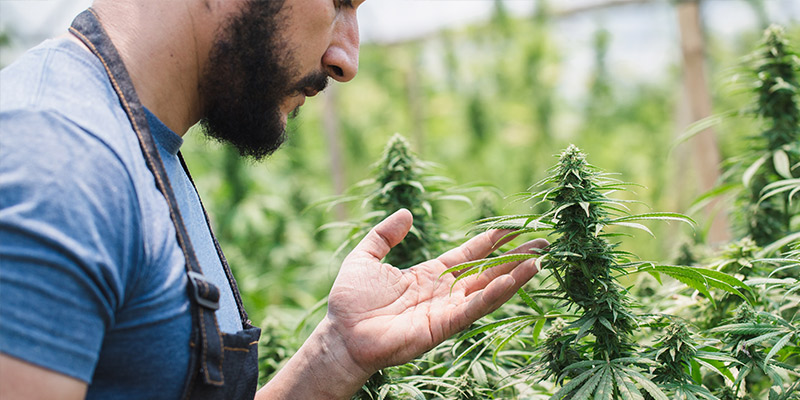
Cannabis is an annual plant, meaning it germinates, grows, and dies within a single growing season. Typically, outdoor growers begin the cannabis cultivation process in mid-spring, utilising the sun's natural cycles to help plants flourish in late spring into the summer months. As daylight hours begin to wane and autumn approaches, plants put their energy into producing buds, which are then harvested by growers. As you might expect, this makes October onwards an important time for all manner of cannabis growers.
How cannabis growers prepare for Croptober
Of course, the path to a plentiful cannabis harvest isn't left to chance; growers not only need to take advantage of seasonal light cycles, but they must also consider various other important factors throughout the plant’s life cycle. For example, the amount and type of nutrients you give plants will need to be adjusted based on the stage of growth. Moreover, you’ll need to ensure your plants are hydrated but not overwatered, and that they are protected from pests (of all sizes) as well as mould and diseases.
Headshop
Find your go-to for smoking essentials. Bongs, rigs, cones, papers, grinders, lighters, and all accessories you need.
Indoor cultivation
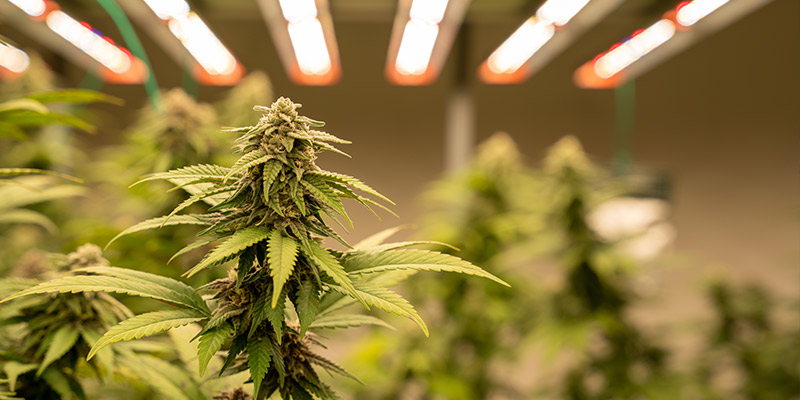
When it comes to Croptober, indoor growers won't find this time of the year that special. There are some commercial cannabis growers who consider Croptober to be a massive threat to business as a large amount of flowers will begin to hit the market in the coming months. Some even believe that due to this enormous influx, the market price of a pound of cannabis could drop from $900 to $500, obviously causing huge issues when selling to dispensaries, coffeeshops, etc. However, while this time of year can be seen as a tough period for indoor growers, they arguably have the lion's share of the market as they can grow year-round by replicating ideal outdoor conditions indoors.
Outdoor cultivation
As mentioned, Croptober is one of the busiest times of the year for commercial cannabis cultivators. During these final months of the year, growers will harvest, dry, and trim their crop. In fact, in more extensive growing operations, it’s common for operations to hire temporary personnel just for the Croptober season. While the rewards are high, some risks are associated, with the most obvious being lousy weather conditions including heavy rainfall, which can undo a whole year's effort. Fortunately (for those with the budget), significant technology is available to combat weather conditions with agricultural crop covering systems that help protect cannabis crops out in the open.
Sustainability and outdoor growing
As outdoor growers look to make the most of the spring and summer seasons before their eventual harvest, they typically harness the natural warmth and light cycles of their surroundings. Without the need for grow lights or humidity and temperature systems, this makes for a much more organic and sustainable method of cultivation and results in dramatically reduced energy consumption compared to indoor grows.
Croptober harvesting: Timing is everything
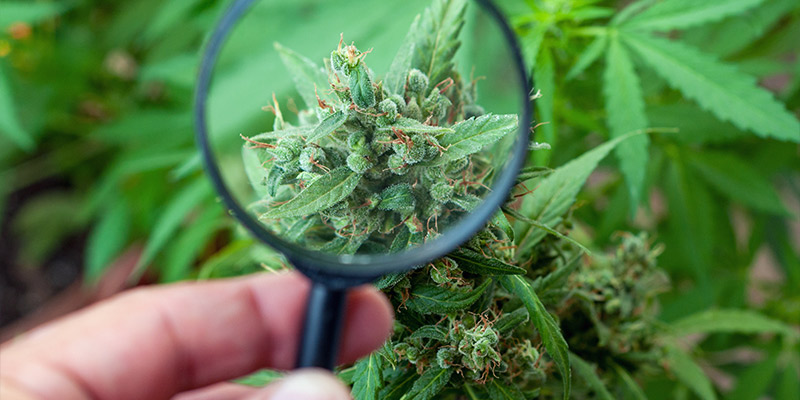
Like most things in life, timing is everything with cannabis cultivation. Determining the perfect harvest time relies on several factors. Harvesting too soon could result in diminished returns and even subpar flavours and effects, while plants that are harvested too late can fall victim to mould, rot, and contain higher CBN levels and lower THC levels.
Most growers will have an idea of how long a particular plant will take to grow, then use their expertise and the various tools at their disposal to determine when the opportune moment to make the chop is. The most reliable method is to inspect the small crystalline trichomes that cover the buds using a magnifying glass, with most growers harvesting when the majority of trichomes are opaque and cloudy.
Consumer benefits
While Croptober might be a commercial indoor grower's worst nightmare, the consumer certainly benefits during this period. The availability of fresh, outdoor-grown cannabis at lower prices is bound to appeal to all manner of cannabis users. In November and December, dispensaries are stocked with great-tasting and potent cannabis, though the quality can vary significantly depending on the producer. To understand the difference between good and bad cannabis, consult your budtender and read about the signs to look out for.
Cultural and community events
Alongside cannabis events like 420 and 710, Croptober is a highly anticipated time among many weed enthusiasts. It's during this period we often see the introduction of new strains and industry innovations, as well as many meetups and cannabis-based celebrations. There are numerous festivals, such as Croptoberfest, that appear in many US states and see plenty of cannabis fans flock to experience the freshest weed available.
Challenges and adaptations in Croptober
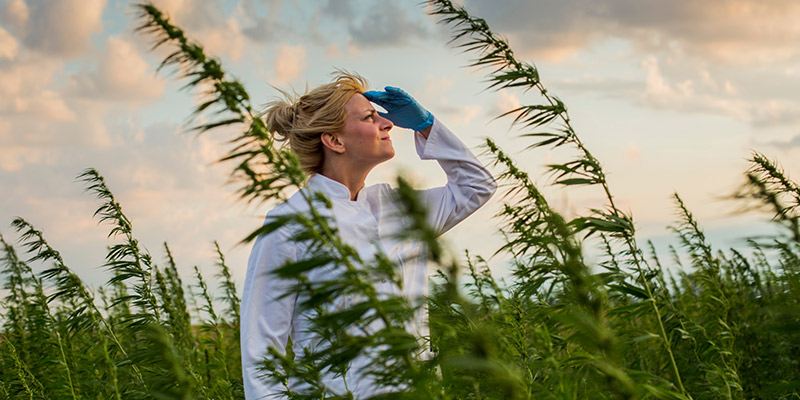
There are plenty of positives to take away from Croptober, but it's not without its challenges. However, many of these can be overcome. Let's explore.
Weather and environmental factors
We've already alluded to the fact that inclement weather can wreak havoc on anyone's plants if the proper precautions aren't taken. Commercial growers will use the likes of industrial-sized covers to offer protection during these times, but the location of the growing project will also play a considerable role.
Market dynamics
The market dynamics during Croptober change significantly as there is a considerable increase of cannabis consumers during this time. The market is saturated, with an estimated price drop of around 66% per pound. But with an estimated 6,000 metric tonnes of cannabis consumed each year in the USA, there is still some serious profit to be made by budding cannabis companies looking to capitalise on Croptober in the ensuing months.
Trimming, drying, and curing: The final steps after Croptober
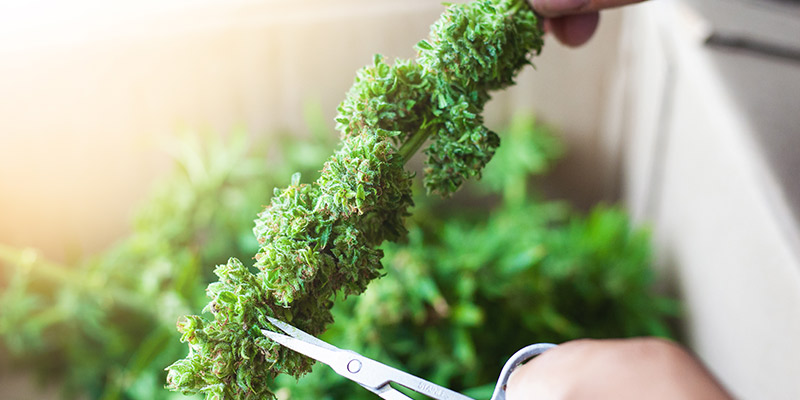
Growing cannabis is one thing, but processing it is another. You can have a “successful” growing season and then lose your crop due to poor post-harvest practices. Proper trimming, drying, and curing techniques must be put into place to preserve the cannabinoids and terpenes. Of course, on a commercial level, these processes are highly organised and streamlined, but even here cultivators can run into issues like mould or poorly trimmed buds. There are many methods by which successful processing can be achieved, and these can all impact the final product's potency, aromas, and flavours, so extra care is needed.
Embracing the Croptober season
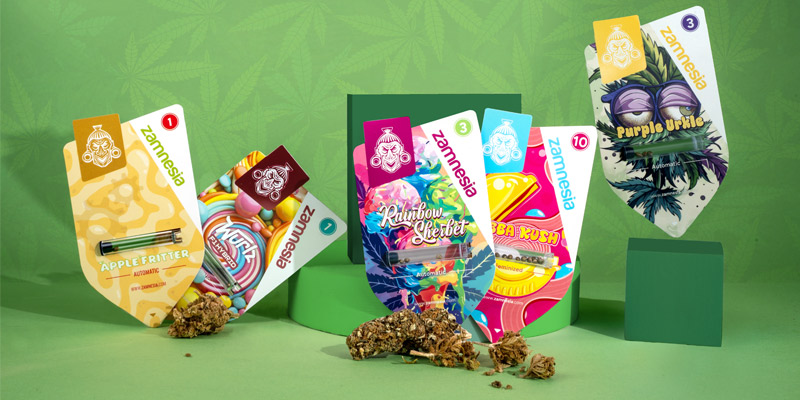
As you can probably tell by now, there are plenty of things to love about the Croptober season, whether you're a casual fan of cannabis or a true connoisseur. There's no mistaking the significance of Croptober on the cannabis industry and culture, with it fast becoming a hotly anticipated festival period, much like the aforementioned 420 and 710. If you're looking to experience Croptober as a cultivator, simply head to the Zamnesia store and get your hands on some of the finest seeds available right now.





 United States
United States












